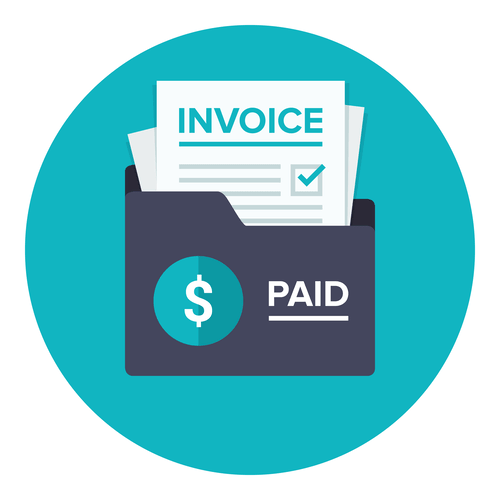
When teams have clarity into the work getting done, there’s no telling how much more they can accomplish in the same amount of time. On a simple build — say, a two-story house — it’s fairly straightforward to coordinate what needs to be built where and when.
Industry Focus
In an industry where late payments are not uncommon, adding a discount for payments received in full prior to the due date is a smart choice. Arrears billing in construction is the process of billing at the end of a project. Payment is sent out as a lump sum once all stakeholders have signed off and approved the final product. Below are the different construction billing options that you can use to smoothen your billing process.

Value Engineering Management

Enter bill-to and other miscellaneous information, and the template will auto-tally totals for all completed construction work. A contractor using guaranteed maximum price billing sets an upper limit to the cost of completing a construction project. Unlike lump sum billing, which allows contractors to keep additional profits if they manage to complete a project cheaper than expected, GMP billing allows the customer to keep the construction billing savings. In this way GMP can be seen as a medium ground between lump sum and time and materials billing. As the name suggests, time and materials billing invoices owners based on the number of labor hours on the project and the cost of the materials.
Job costing software built for construction
Cash basis accounting is often simpler than accrual basis accounting, but restrictions apply to contract-based companies. The contract includes a set price per unit, and the customer pays for the units needed. Time and materials billing requires the company to bill the customer based on the hours worked and materials used. Upon signing the contract, the company and its customer agree on a price for each input. With a fixed-price billing arrangement, the construction company and the customer agree to a fixed project fee. Depending on the project length, your company could establish multiple phases, each with a fixed price.
- That’s why most construction businesses use more sophisticated accounting methods that enable more active financial management practices.
- Ensuring you choose the billing method that best fits the project’s scope and client needs is also fundamental to avoiding issues.
- The South Billings Boulevard Bridge Rehabilitation project is on track for completion in late October, weather and other factors permitting.
- Teams can now share budget updates and financial reports seamlessly, regardless of their physical location.
- And one of the reasons behind this is the lack of awareness of the various construction billing methods.
At the core, ensuring adequate budgeting and cost control mechanisms are essential. Initially, developing a comprehensive budget that encompasses all possible expenses sets a solid foundation. Moreover, constant monitoring of the budget ensures that the project remains on track financially. Additionally, the implementation of cost control measures helps to identify and mitigate financial risks promptly. Construction accounting is a vital discipline that extends beyond the traditional bounds of financial management.
Invoice follow-up

We are https://x.com/BooksTimeInc a subcontractor working at a project and received the waiver of release of liens(MLA appointment). Margins are tighter than ever in this industry, and it shouldn’t take discounts and incentives to be paid fairly. As with everything else, the use of discounts and penalties will make a lot of sense in some situations, but they aren’t a blanket solution. Every construction business has its own invoicing practices, and everyone knows what works best for them. They serve as a record of the customer’s order and are used as part of the approval process, while invoices are a record of the receipt of the products or services and the payment terms. Of course, every construction business handles their invoicing differently, plus the relevant information on an invoice will change quite a bit depending on the work that’s being performed.

Invoice Management Tools
The contractor and client agree on a price per unit, and billing is based on the number of units completed. Also known as AIA billing, this billing method is by far the most common billing method in construction and can be tied to any contract type. It’s almost always used on larger projects with big https://www.bookstime.com/articles/independent-contractor-tax-form budgets and long timelines. Like T&M contracts, cost-plus may also include a “not to exceed” clause to keep costs under control. Some cost-plus contracts include bonuses or incentives to encourage contractors to complete work on time and under budget. Having an invoice template that’s easy to reference (since it looks the same as all the others you’ll be using) allows for easier tracking.

